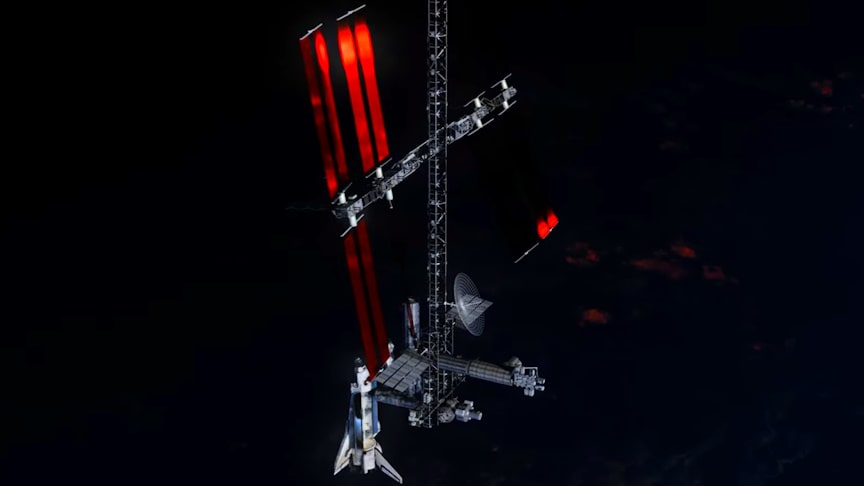Space Station Freedom was a NASA-led multi-national project proposed in the 1980s to construct a permanently crewed space station in low Earth orbit. Despite initial approval by President Ronald Reagan and a public announcement in the 1984 State of the Union Address, the ambitious project faced significant budget cuts and delays. Ultimately, a scaled-down version of Freedom evolved into the US Orbital Segment (USOS) of the International Space Station (ISS).
source.image: Hazegrayart
During 1986 and 1987, various other studies were carried out on the future of the U.S. space program; the results of these often impacted the Space Station, and their recommendations were folded into the revised baseline as necessary. One of the results of these was to baseline the Station program as requiring five shuttle flights a year for operations and logistics, rotating four crew at a time with the aim of extending individual stay times to 180 days.
NASA signed final ten-year contracts for developing the Space Station in September 1988, and the project was finally moving into the hardware fabrication phase. The Space Station Freedom design was slightly modified in late 1989 after the program’s Fiscal 1990 budget again was reduced — from $2.05 billion to $1.75 billion — when the design was found to be 23% overweight and over budget, too complicated to assemble, and providing little power for its users.
Advertisement
The 1990 Space Exploration Initiative called for the construction of the Space Station Freedom. Congress consequently demanded yet another redesign in October 1990, and requested further cost reductions after the fiscal 1991 budget was cut from $2.5 billion to $1.9 billion. NASA unveiled its new space station design in March 1991.











